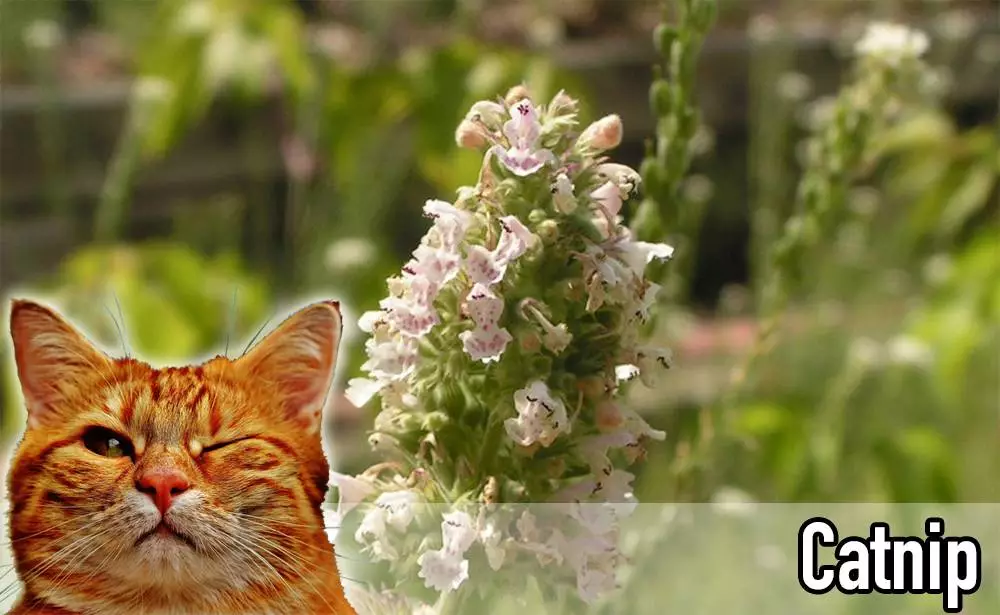As a devoted cat owner, you may have crossed paths with catnip, a fascinating herb known for its engaging effects on feline companions. However, the intricacies of this plant often remain a mystery. How does catnip actually impact your cat? Is it entirely safe? This article delves into these questions, shedding light on the nature of catnip, its effects, and how you can incorporate it into your pet’s life responsibly.
What is Catnip?
Catnip, scientifically labeled as *Nepeta cataria*, is a perennial herb belonging to the mint family. With its distinctive lemony scent, it has garnered a reputation for captivating cats. Often referred to by various names such as field balm or catmint, catnip is not just a household phenomenon; it also attracts large wild felines like panthers and tigers. This herb contains a key component called nepetalactone, a volatile oil that is primarily present in the leaves and stems. When cats encounter nepetalactone, it interacts with receptors in their brains linked to enjoyment and mood.
Interestingly, this chemical response is uniquely feline, as it does not elicit the same reaction in humans, thanks to the significant physiological differences between our two species. For many pet owners, witnessing a cat’s exuberance after interacting with catnip is akin to seeing them in a state of playful bliss. However, catnip is not related to cannabis in any way, and scientific research confirms that its effects on cats differ markedly from substances like marijuana or cocaine.
The euphoric state induced by catnip typically results in behaviors that many pet lovers find entertaining. Cats may roll, purr, rub against the herb, or exhibit playful antics, suggesting they are experiencing a sense of happiness and relaxation. This “high” generally lasts for about 10 to 15 minutes, after which cats often become indifferent to the herb until they experience a cooldown period of approximately half an hour to an hour.
It is important to note that while catnip can stimulate excitement, it does not impair a cat’s awareness or cognition. Most cats remain alert to their surroundings during these moments of enjoyment, indicating that catnip promotes pleasure rather than passing out. Importantly, catnip is non-addictive and poses no long-term risks to a cat’s health.
Incorporating catnip into your cat’s environment can alleviate boredom, especially if you have an active kitty that thrives on stimulation. One form of entertainment could be providing them with catnip-infused toys, which can serve not only as a source of enjoyment but also as a tool to redirect undesirable behaviors. For instance, if your cat is scratching the furniture, applying catnip to a scratching post can divert their attention and encourage them to use the appropriate surface.
Moreover, catnip can be beneficial in alleviating stress during transitions, such as introducing a new feline family member or preparing for trips to the vet. Placing some catnip in a carrier can help calm anxious kitties, making the journey less stressful.
How to Introduce Catnip
If you’re considering introducing catnip to your feline companion for the first time, it’s wise to start slow. Not all cats react to catnip; sensitivity can vary widely across different breeds and individuals. You might begin by purchasing a small quantity of dried catnip or a catnip toy and observe your cat’s reaction.
Catnip can be offered in various forms: fresh leaves, dried herb, sprays, or infused toys. Each cat might show a preference for one specific type, so experimenting with different formats will allow you to discover what your pet enjoys most.
When purchasing dried catnip, proper storage is essential to maintain its freshness and potency. It’s best kept in an airtight container and stored in a cool, dark place, such as a freezer. This will help retain its oils and aromatic qualities. Opt for organic or natural options to ensure your kitty receives the best quality catnip.
While it’s nearly impossible for a cat to overdose on catnip, excessive consumption can lead to mild gastrointestinal issues, such as vomiting or diarrhea. Should these symptoms occur, it is crucial to remove the catnip from their environment and monitor their wellbeing closely.
Catnip serves as a delightful addition to the lives of many cats, promoting happiness and engagement in activities that enrich their daily routine. Understanding how this herb affects our feline friends allows us to cultivate an enriching environment while ensuring their safety and well-being. With thoughtful introduction and observation, catnip can enhance your cat’s quality of life and strengthen the bond you share with your furry companion.


Leave a Reply